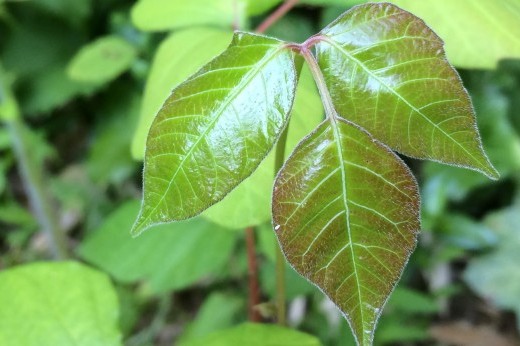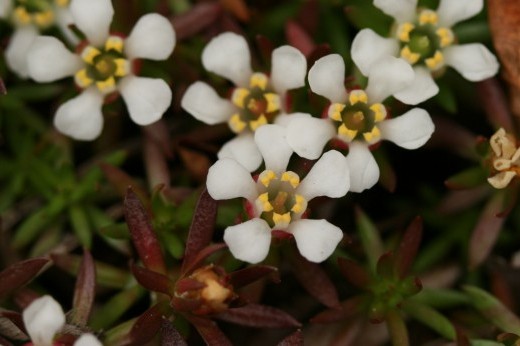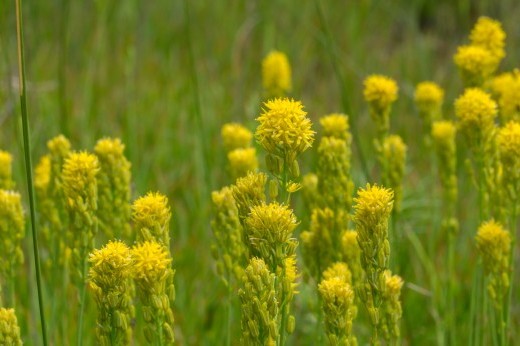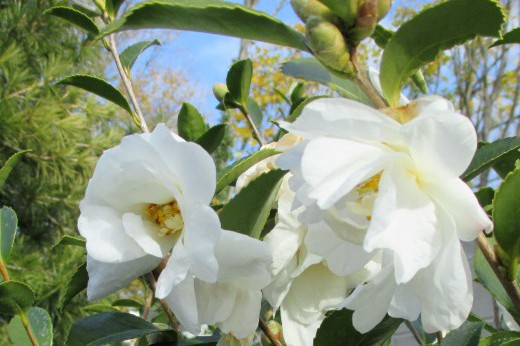Topics
Special Series
The Climate Crisis
-
Climate Change in Brooklyn: Fall
Powerful storms bring severe winds, damaging salt sprays, and heavy rains to our area. If they become more common, how will this affect the city? Can public gardens help mitigate damage?
By Allan Frei -
Climate Change in Brooklyn: Summer
Plants and animals are already responding to climate change in New York State, the Northeast, and here in the city and at Brooklyn Botanic Garden. How can we become more resilient to the local effects of climate change?
By Allan Frei -
Weed of the Month: Poison Ivy
Identifying this poison ivy requires a keen eye since its leaf color and shape varies. Learn to recognize its distinguishing characteristics.
By Saara Nafici -
How Did the Cherries, Magnolias, and Other Plants Handle the Snowstorm?
A late winter snowstorm hit after an unusually mild February. How did the Garden's plants handle the stress?
By Sarah Schmidt -
Fieldwork: Hart’s Tongue Fern
This rare fern grows in cool, shaded limestone ravines. In the face of climate change and habitat loss, Brooklyn Botanic Garden, along with other institutions is working to conserve it in the wild and display it for the public.
By Uli Lorimer -
Compost Can Help Gardens Hold More Water
Adding compost to your garden beds can help your soil absorb and retain water. This allows you to water less often and also mitigates run-off that leads to water pollution.
By Aaron Lee -
Fieldwork: Pixie-Moss
This rare native plant grows in the pine barrens, along bog margins and roadsides. It relies on regular fires to thrive, and it's actually not a moss at all.
By Uli Lorimer -
Fieldwork: Bog Asphodel
This wetland plant is endangered in two states, but Brooklyn Botanic Garden is part of an effort to conserve the species.
By Uli Lorimer -
Why Are Flowers Blooming Now?
Flowers are blossoming around the Garden. Is this normal at this time of year?
By Joni Blackburn -
Birds of Brooklyn: Tufted Titmouse
No longer rare but still fascinating to observe, this little bird is capable of stealing the fur right off of a sleeping raccoon's back.
By Joe Giunta











